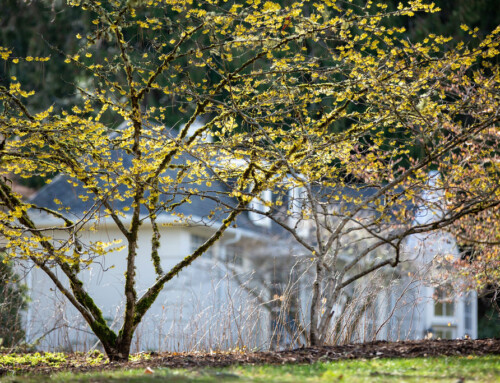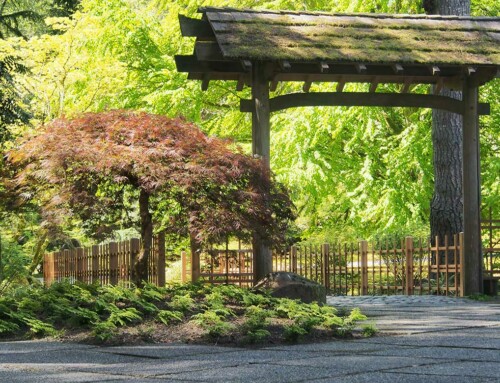Jane Carlin
July 2025
The Power of Gardening
I admit it—I don’t have a traditional garden. But I do have a balcony that’s filled with pots of herbs, nasturtiums, geraniums, lavender, and colorful annuals that brighten my view every day. Recently, I came across an article about Swedish “Little Gardens,” or koloniträdgårdar. These small gardens, established in Stockholm around the turn of the 20th century, were part of a social movement designed to give urban residents access to green space. Modest in size—about 970 square feet—they were created to support the mental and physical health of city dwellers. (source: New York Times)
It struck a chord. So, I’ve officially dubbed my balcony garden a koloniträdgård!
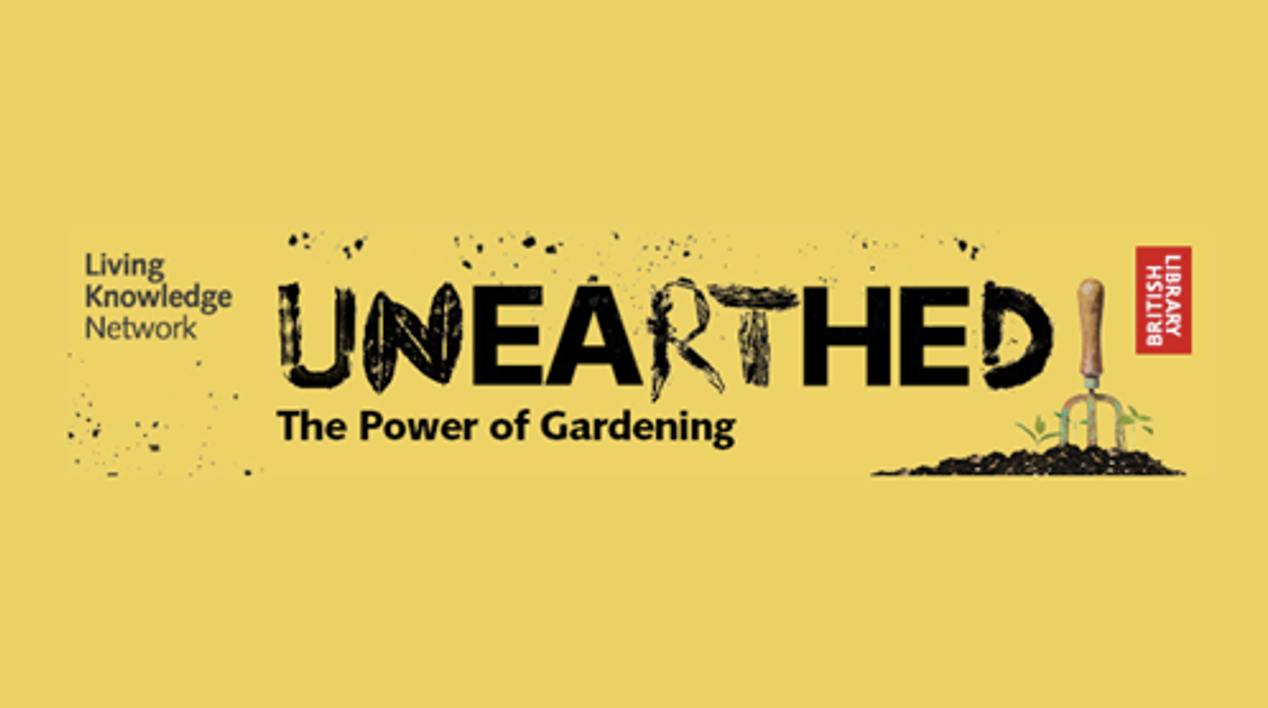 Of course, I also get my “real garden fix” as a volunteer at Bloedel. Walking the trails and observing the incredible work of the horticulture staff is good for the soul. These reflections came together for me this summer during my annual trip to the UK, where I visited the British Library and spent a day immersed in their exhibition UnEarthed: The Power of Gardening. The exhibition’s guiding principles align beautifully with the mission and work of Bloedel, and it was a powerful reminder of the universal commitment to nurturing our environment.
Of course, I also get my “real garden fix” as a volunteer at Bloedel. Walking the trails and observing the incredible work of the horticulture staff is good for the soul. These reflections came together for me this summer during my annual trip to the UK, where I visited the British Library and spent a day immersed in their exhibition UnEarthed: The Power of Gardening. The exhibition’s guiding principles align beautifully with the mission and work of Bloedel, and it was a powerful reminder of the universal commitment to nurturing our environment.
As the exhibition curators state:
Gardening transforms our world. It can turn a barren plot of land into a thriving garden—but it can have a bigger impact too. Gardening can change our everyday lives, providing food and mental nourishment. It can help us build more sustainable and more beautiful cities, and create a shared sense of community. (source: Exhibition pamphlet)
The exhibition explores four themes: Gardening to Nurture, Gardening Together, Gardening and the Global Exchange, and Gardening with the Planet. I see each of these reflected daily at Bloedel—from the thoughtful curation of plants and trees, to community events that engage visitors in the gardens, to volunteer efforts that help with weeding, pruning, and preservation.
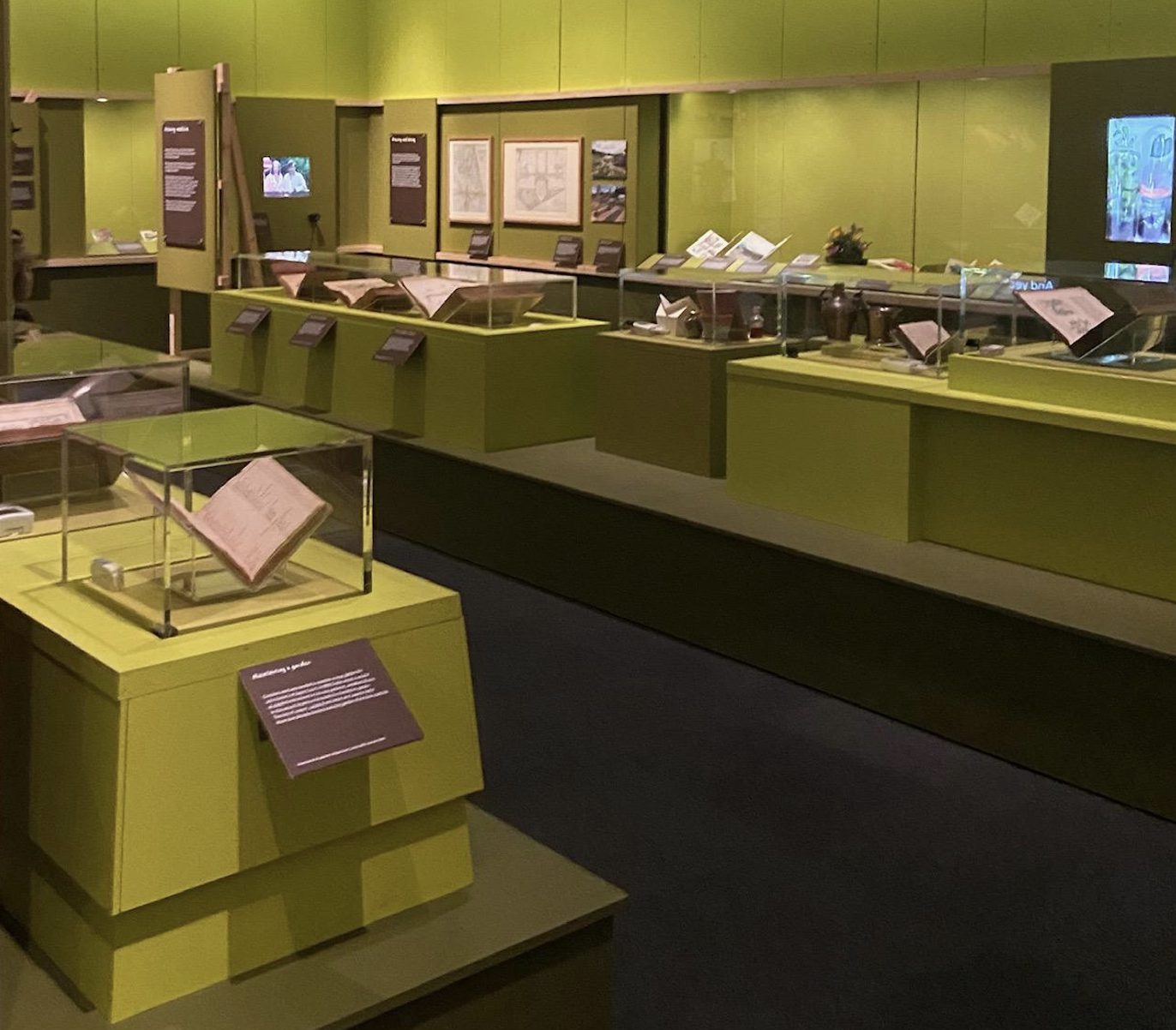
An image from the exhibition space with a distinctive green motive—like the rooms in the Residence!
As one line from the exhibition pamphlet states:
Gardeners throughout history have changed our lives, cities, and the world in ways you might not expect. And gardeners today have the power to do the same.
And that is exactly what is taking place at Bloedel everyday!
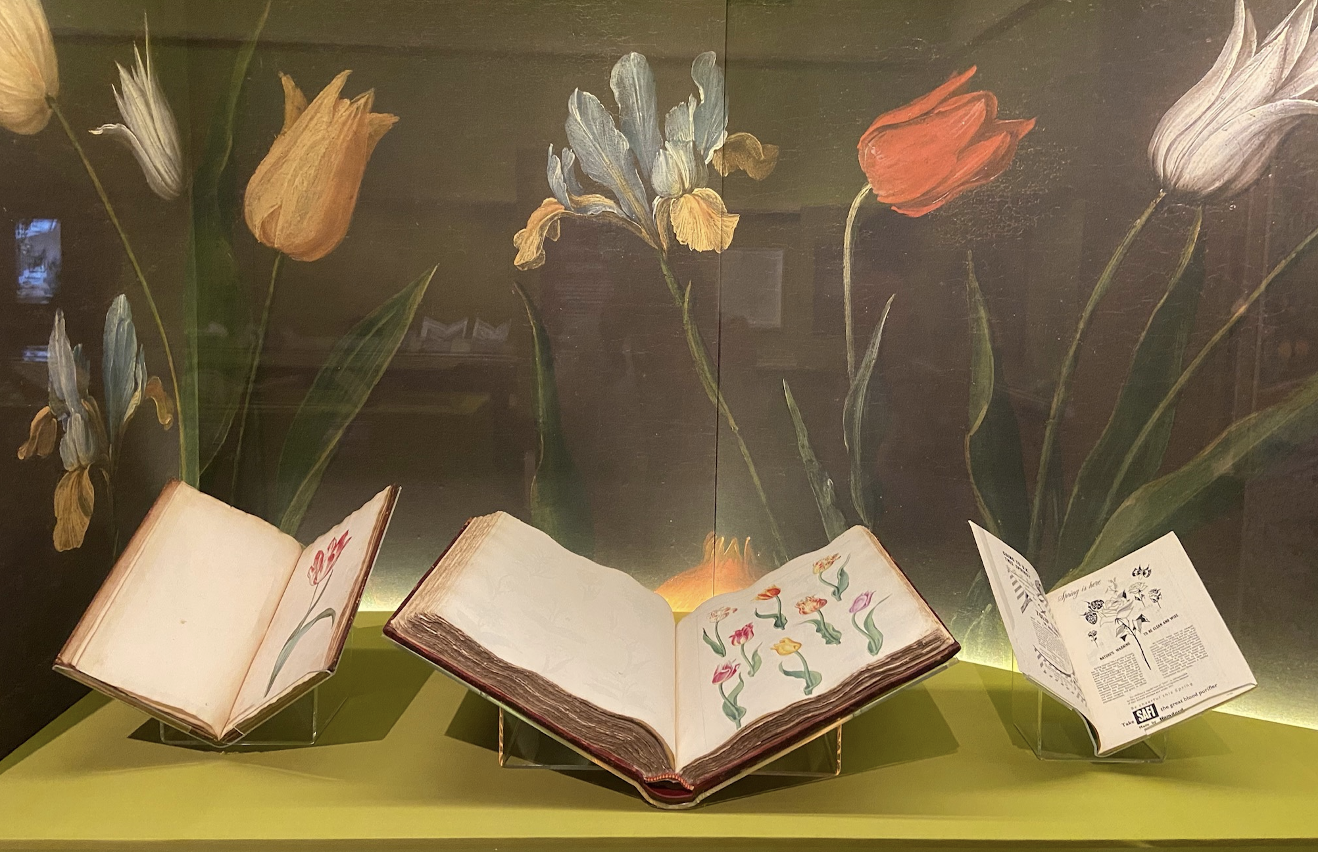
The exhibition featured many historical books with beautiful botanical illustrations. This display of tulip books is one of my favorites!
Resources:
● Book: Unique Visions for a Changing World: Accompanies Unearthed, the British Library Exhibition Edited by Ruth Chivers, with a foreword by Olivia Laing.
Ten award-winning designers bring their unique vision to a series of garden types, both public and private, to inspire, motivate and provoke. Given a brief that extends to a maximum of 50 years into the future, their original designs mitigate the effects of a changing climate, encourage biodiversity, address issues of legacy and access to land and changing societal needs and individual wellbeing. They provide hope in a time of uncertainty and emphasize the power of gardening to nurture nature and adapt to change. Interspersed between these original designs are features linking the garden types to themes and items in the British Library exhibition, Unearthed: The Power of Gardening, which draws on the Library’s rich botanical and horticultural collections.
● Ingrid K. Williams, “Sweden’s Secret to Well Being? Tiny Urban Gardens”, New York Times: July 8, 2025. Link here (might not be available to non-subscribers).
● UnEarthered Exhibition Information



